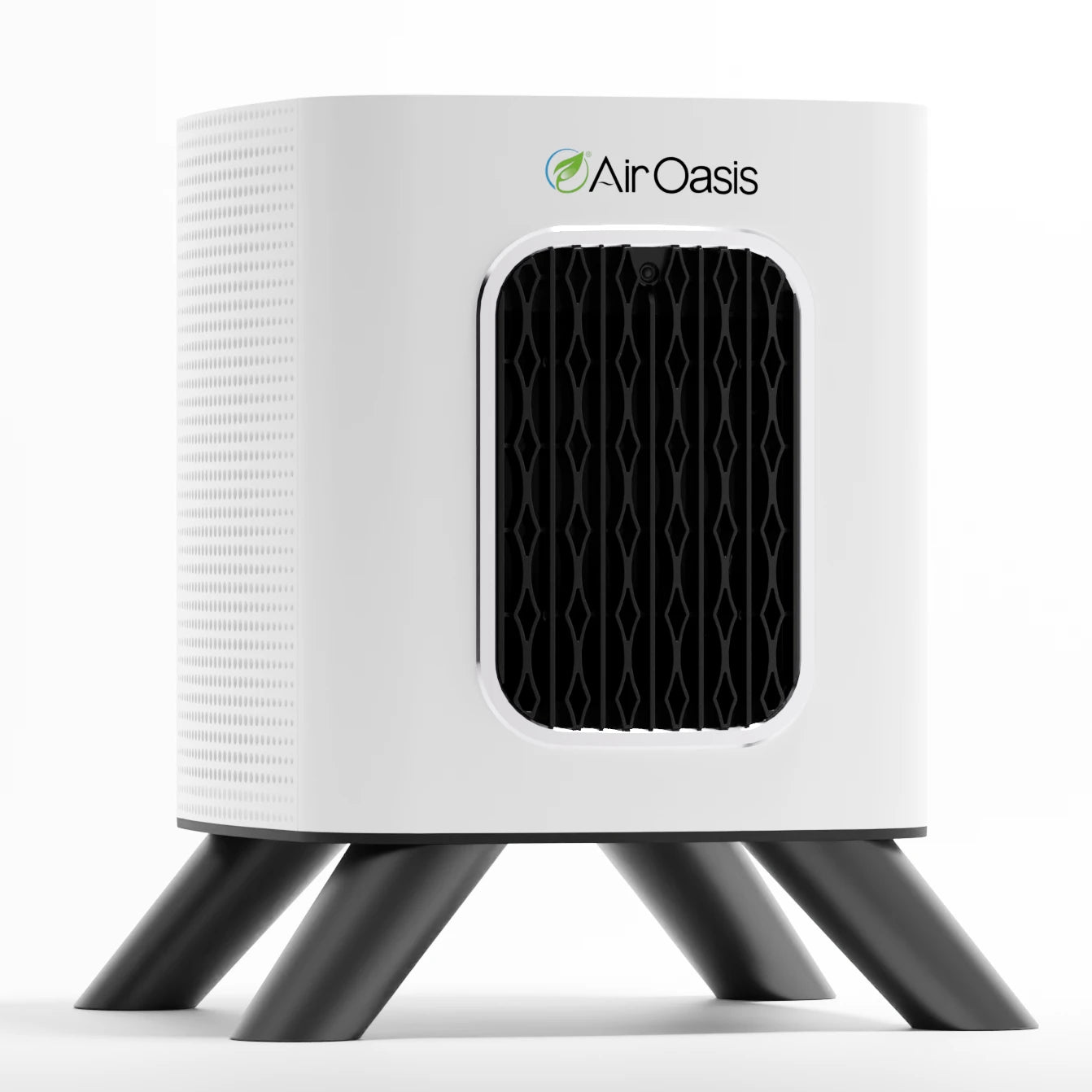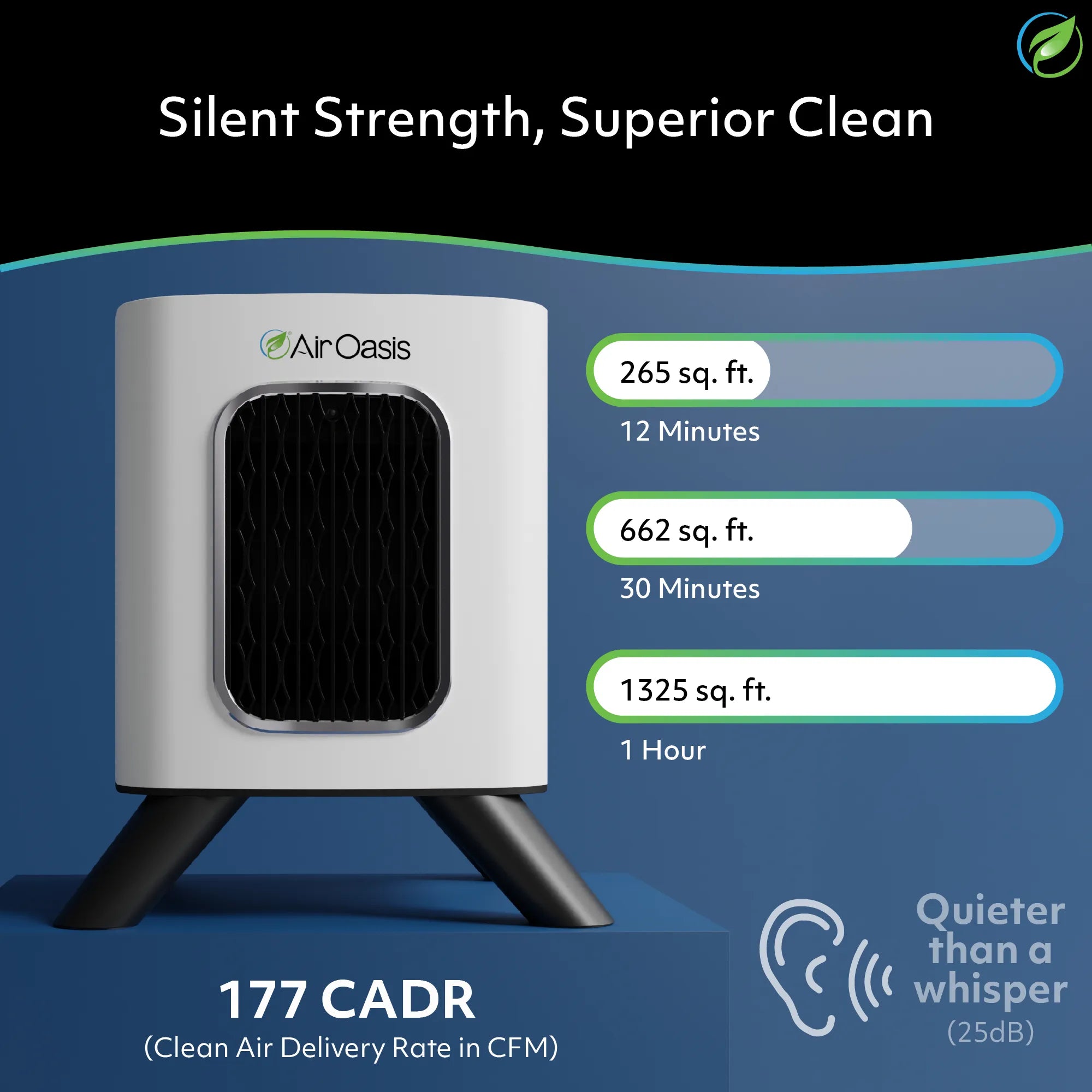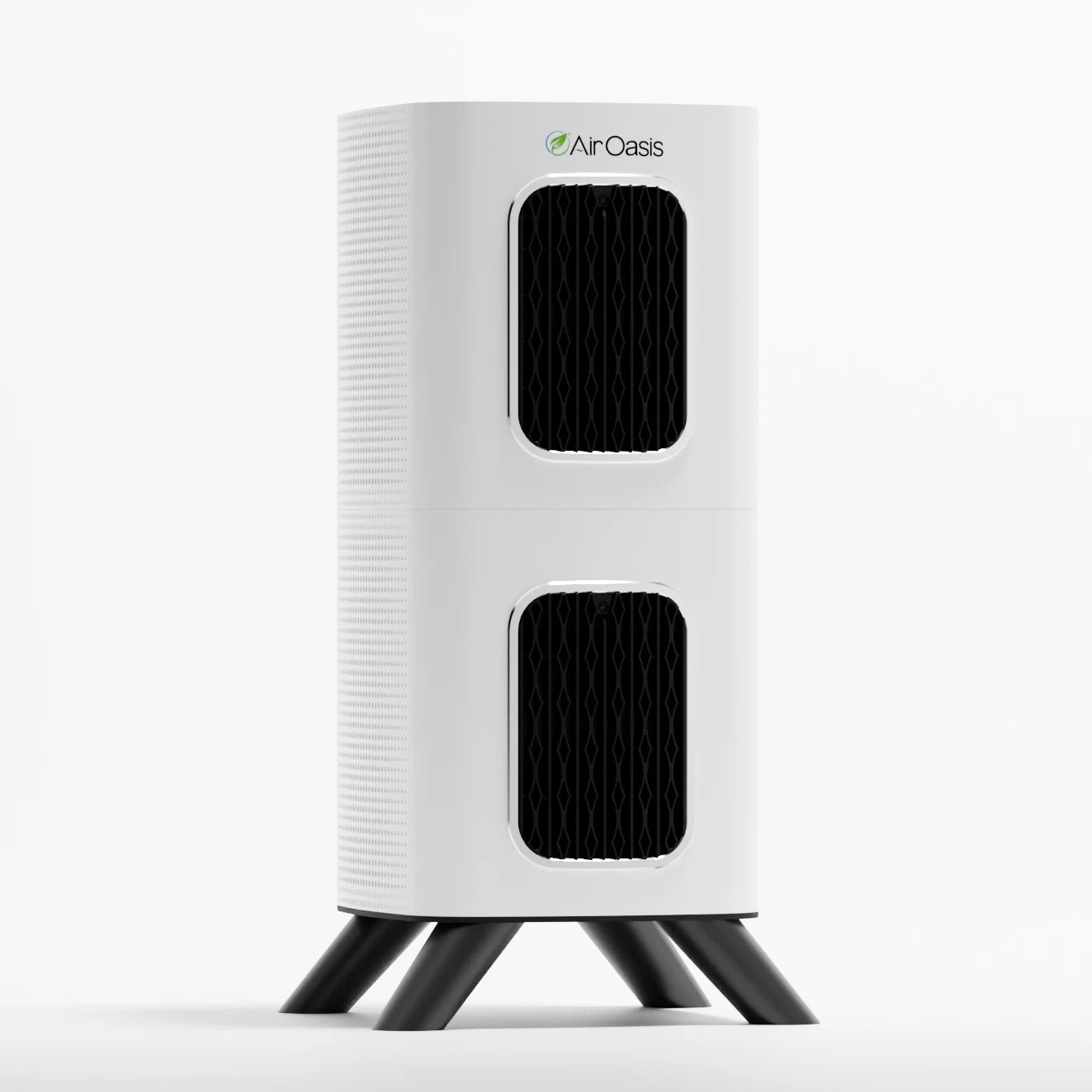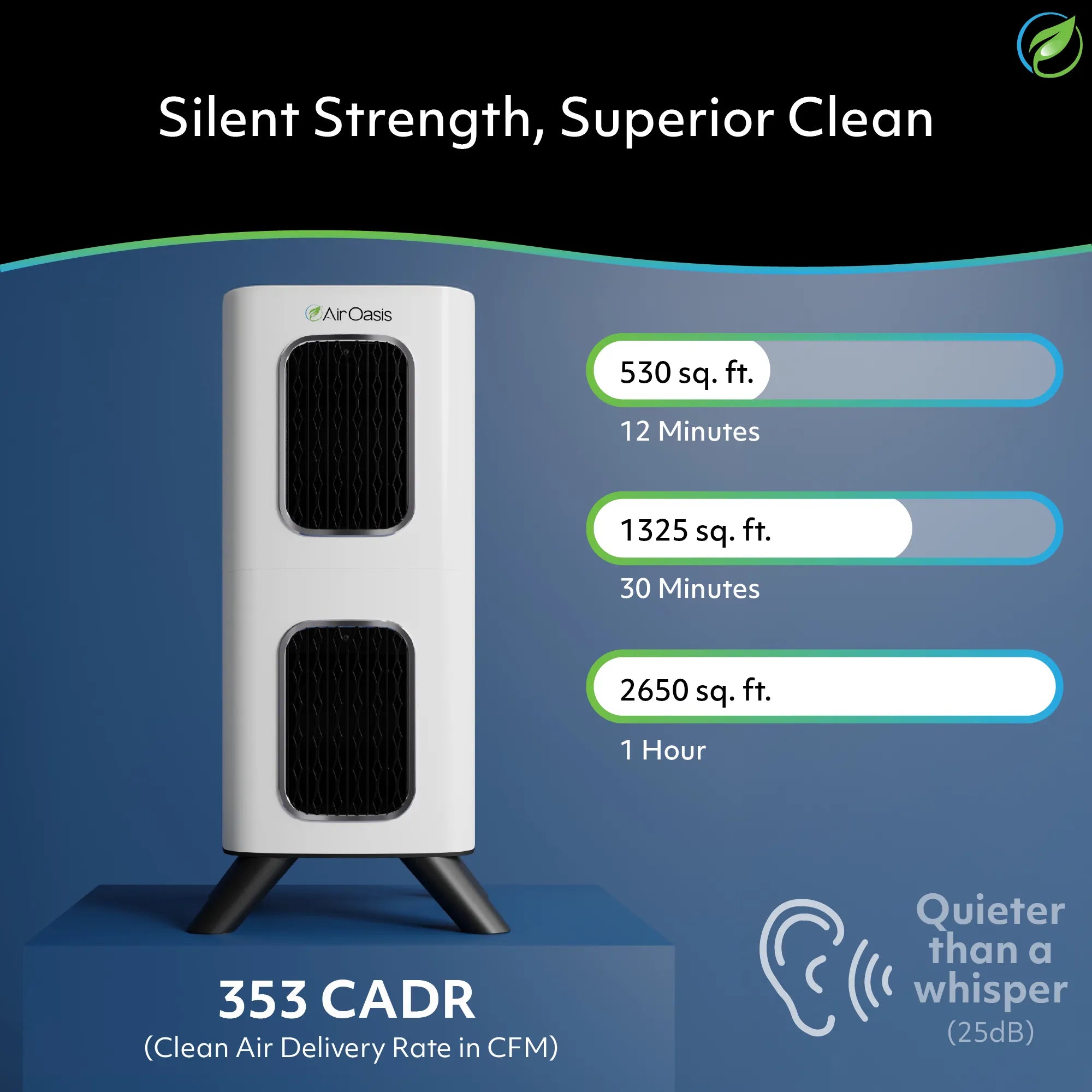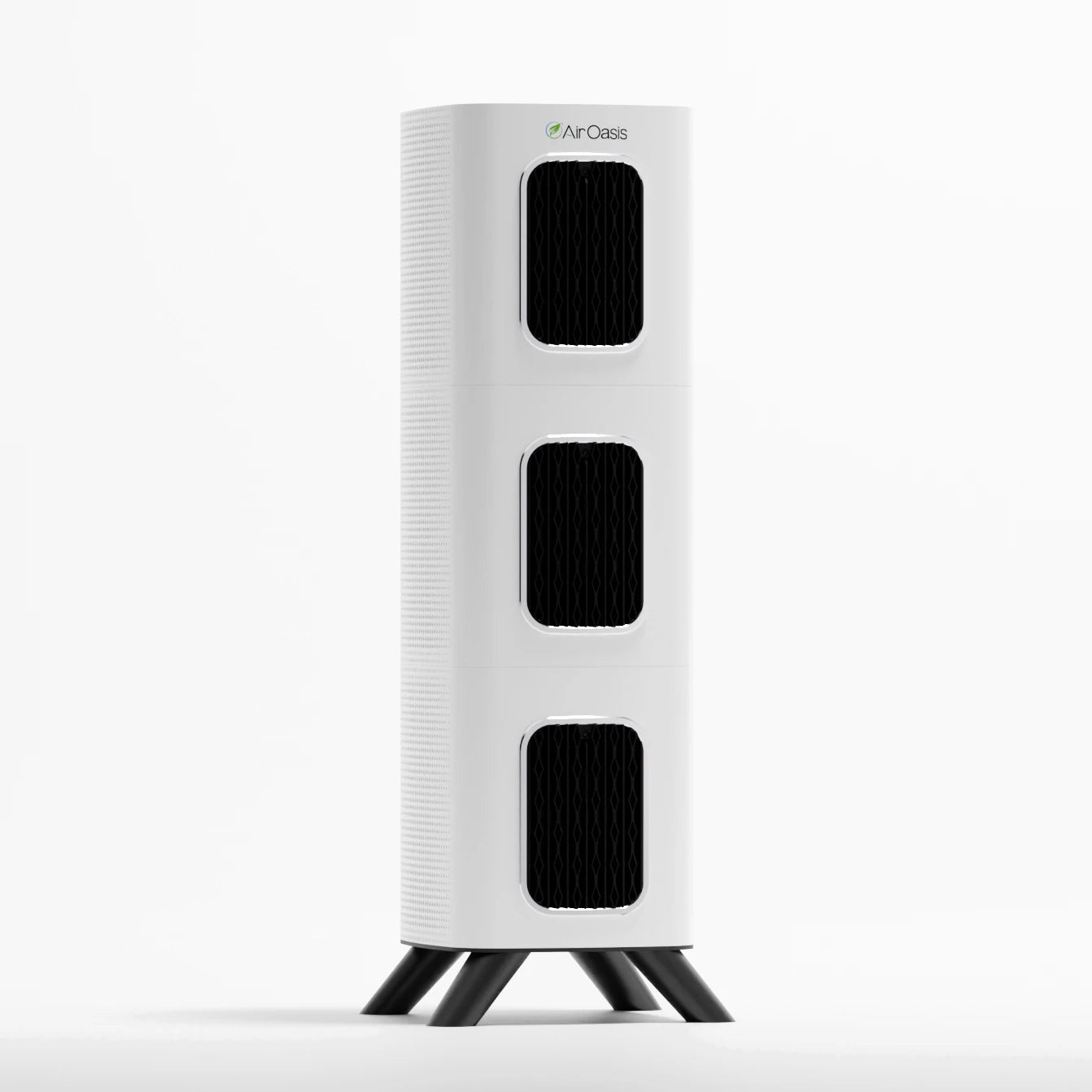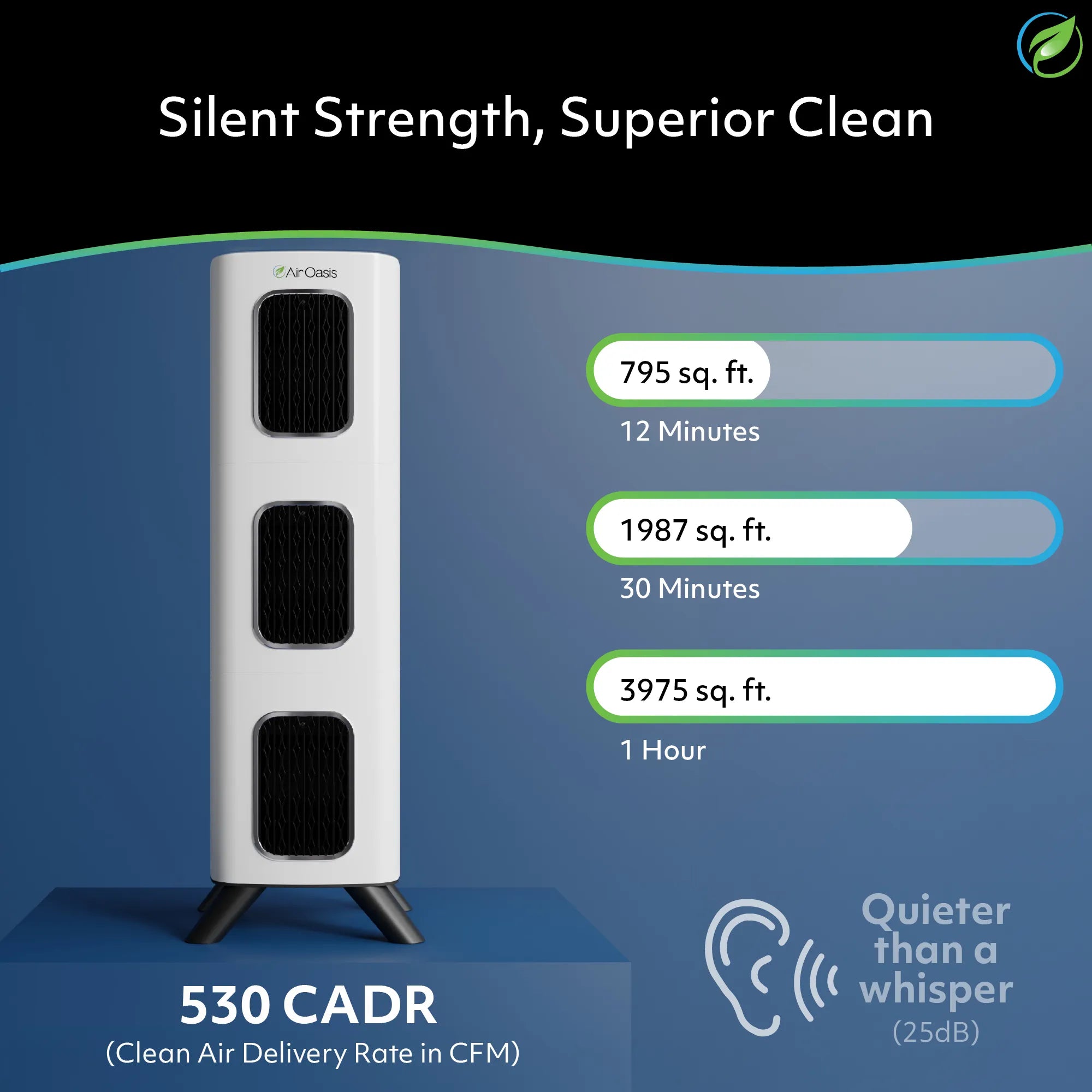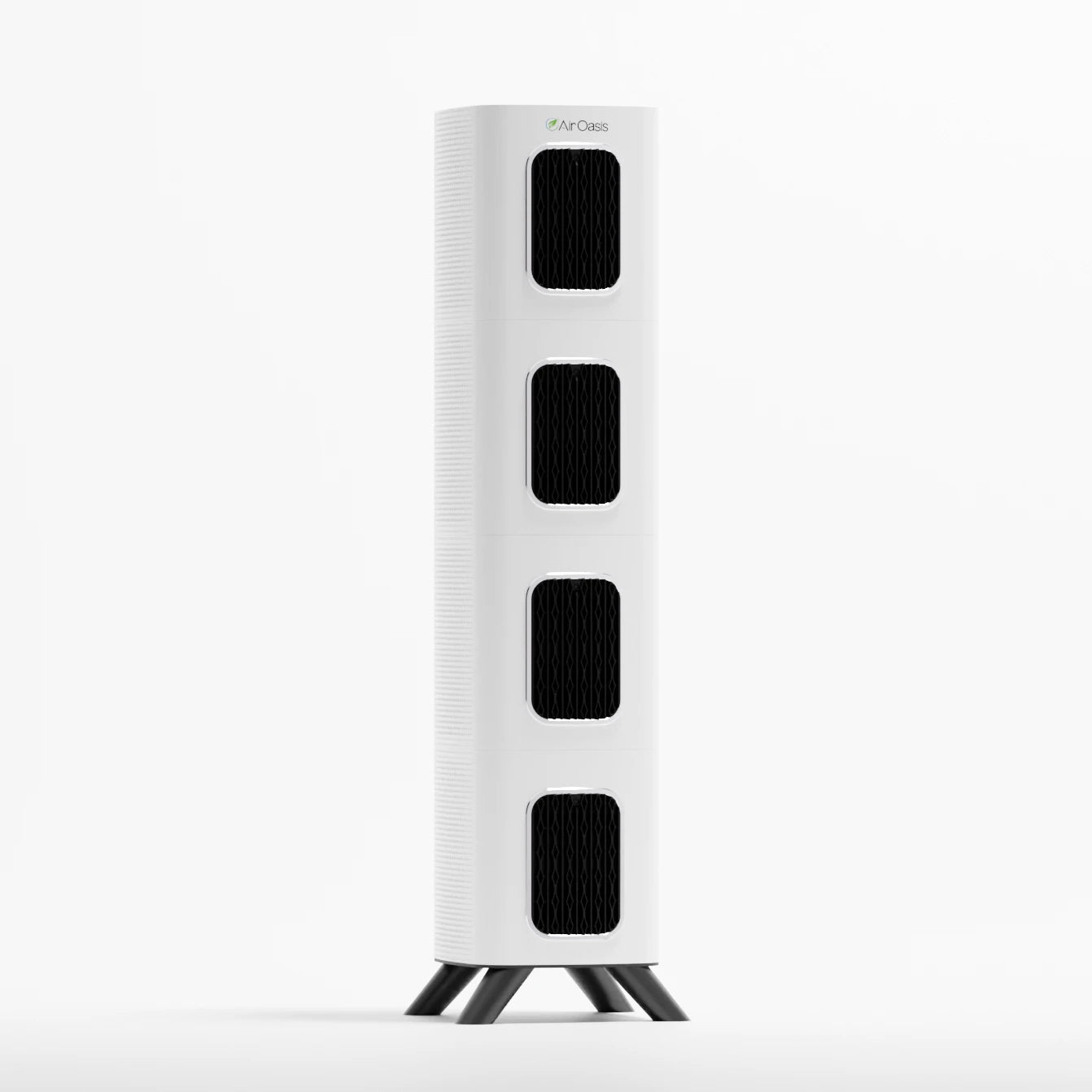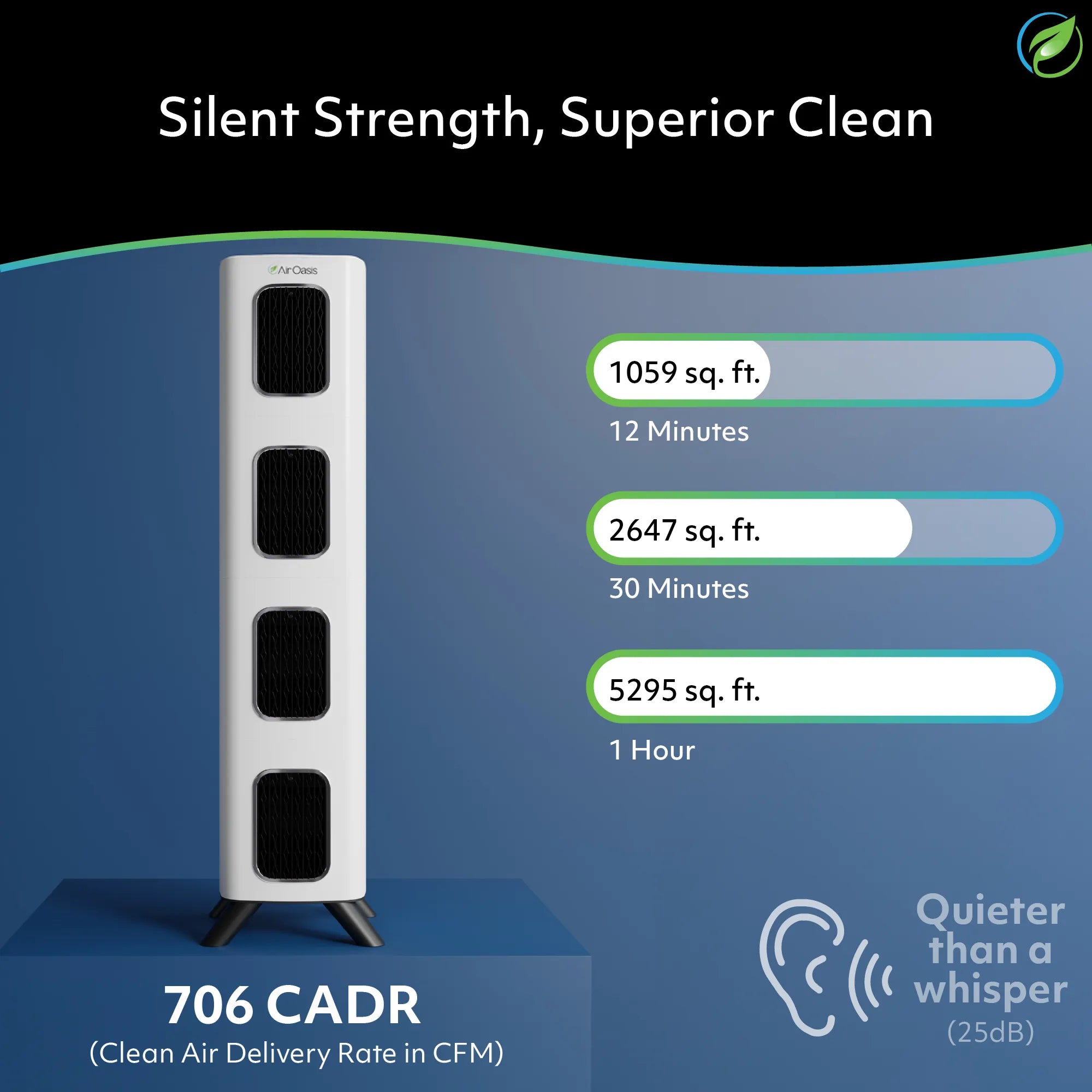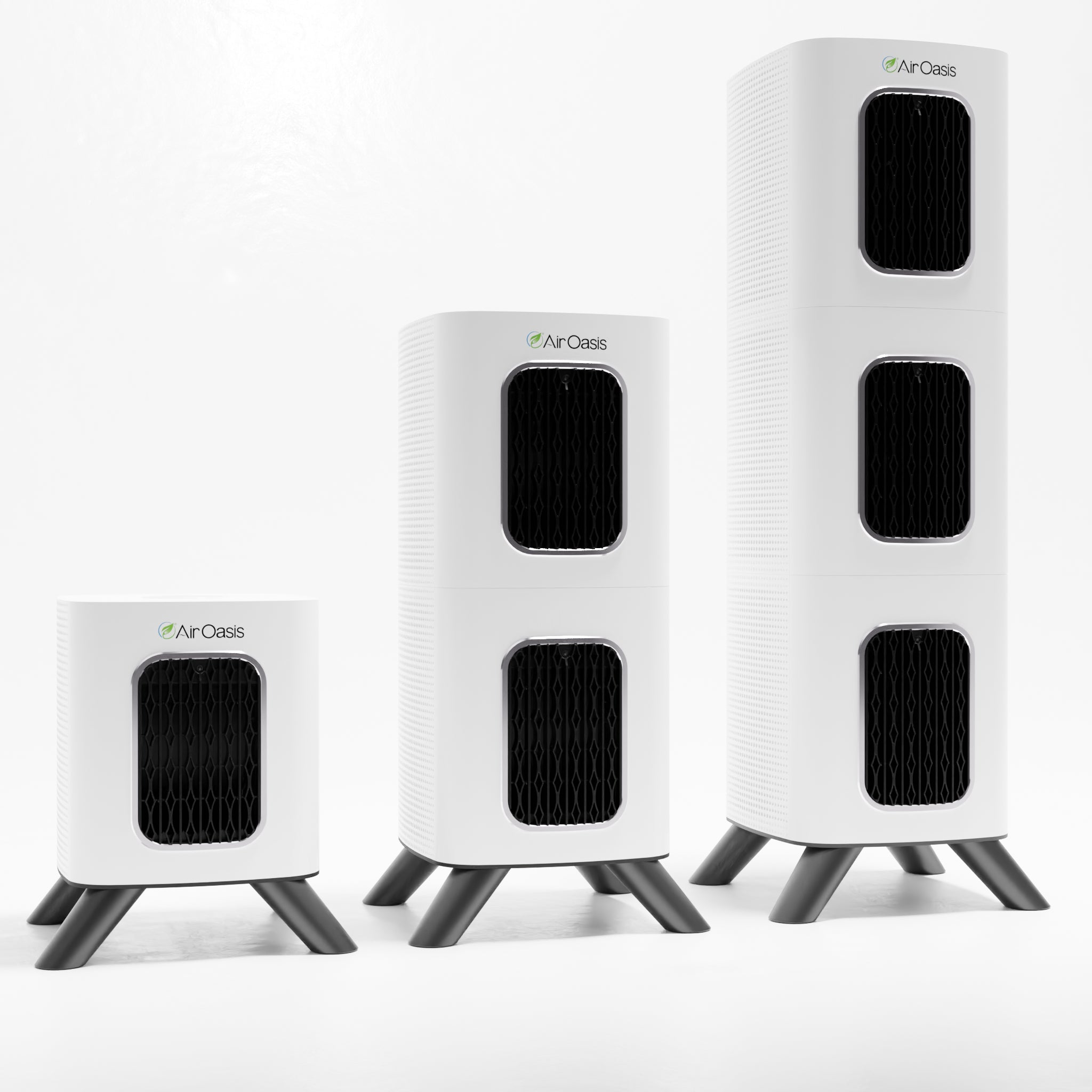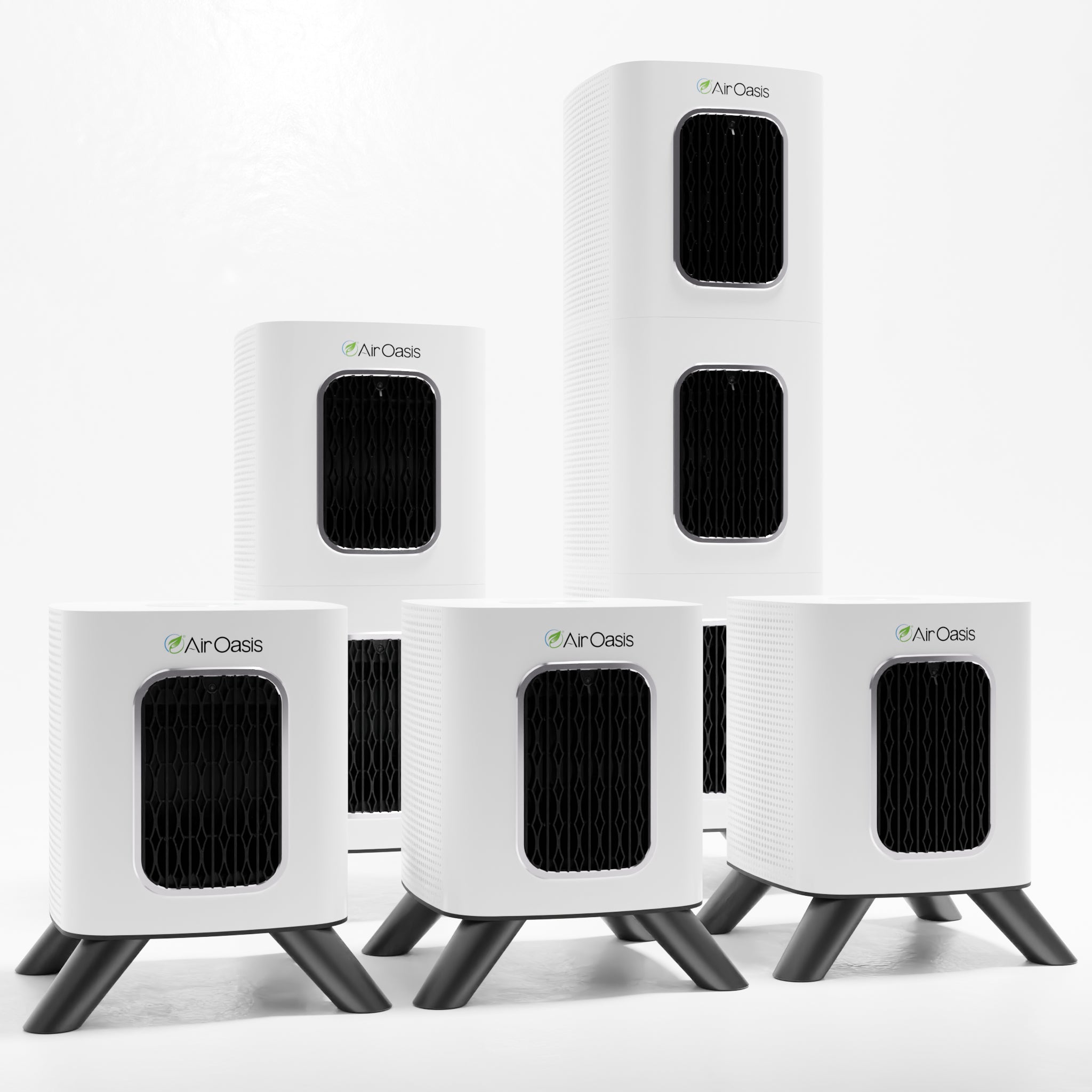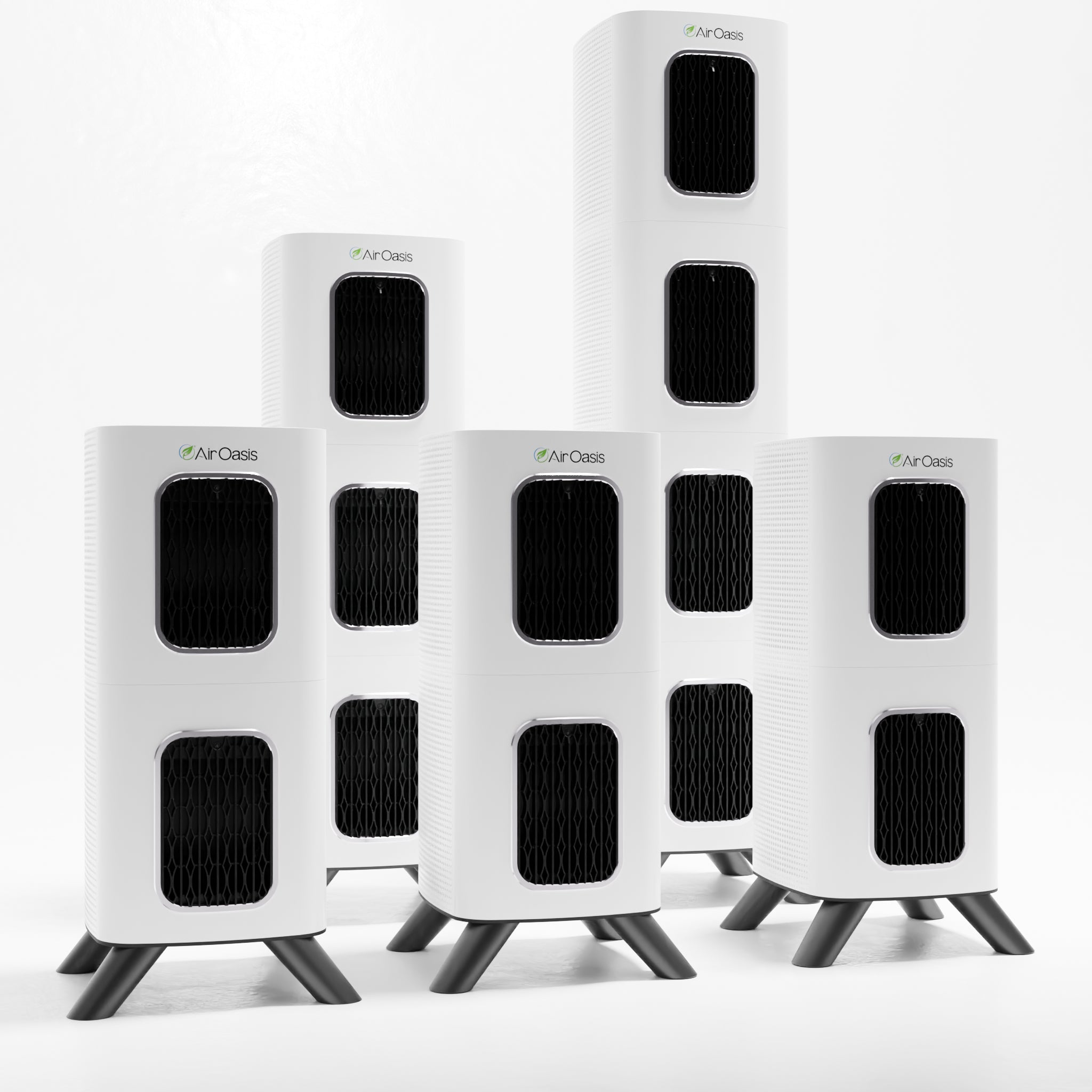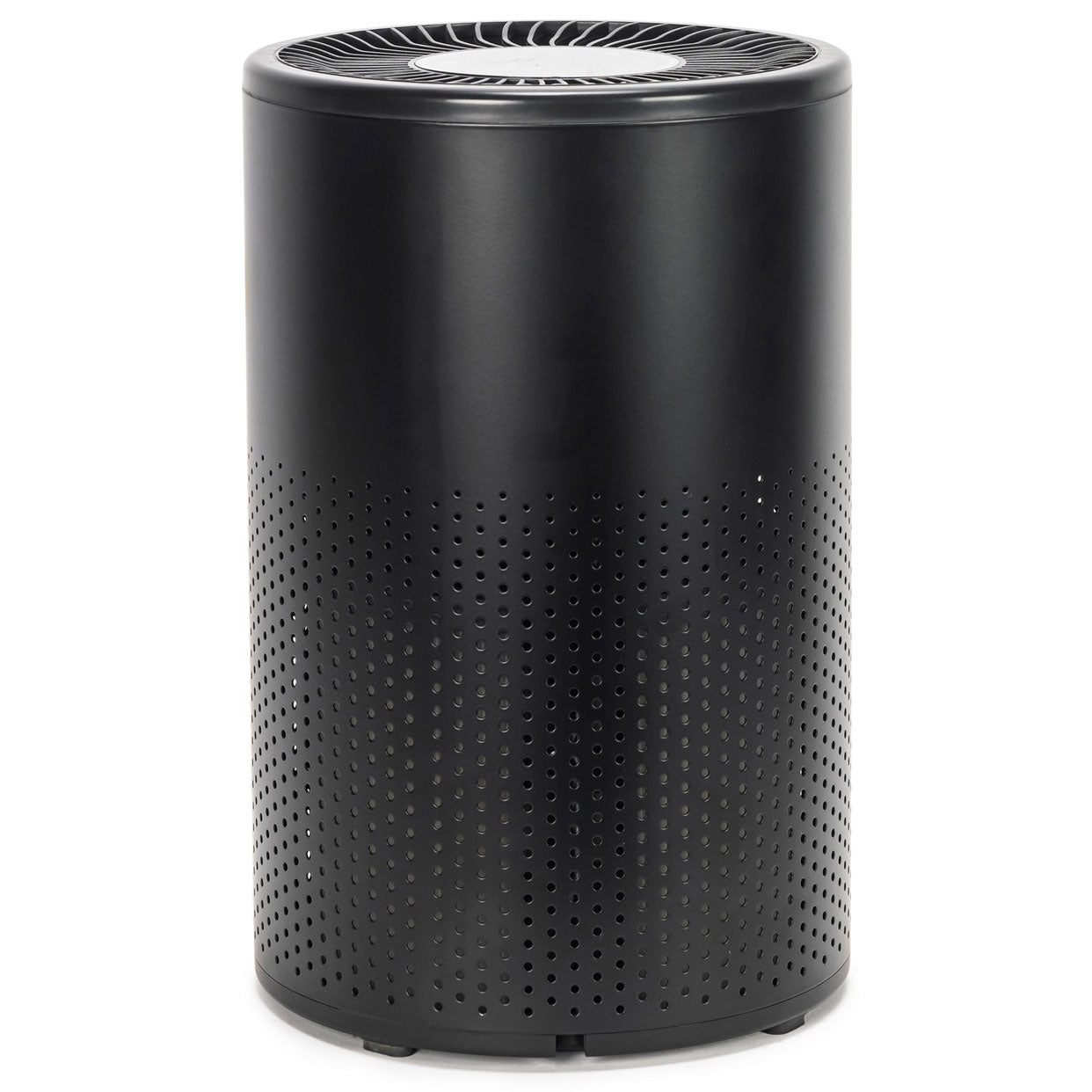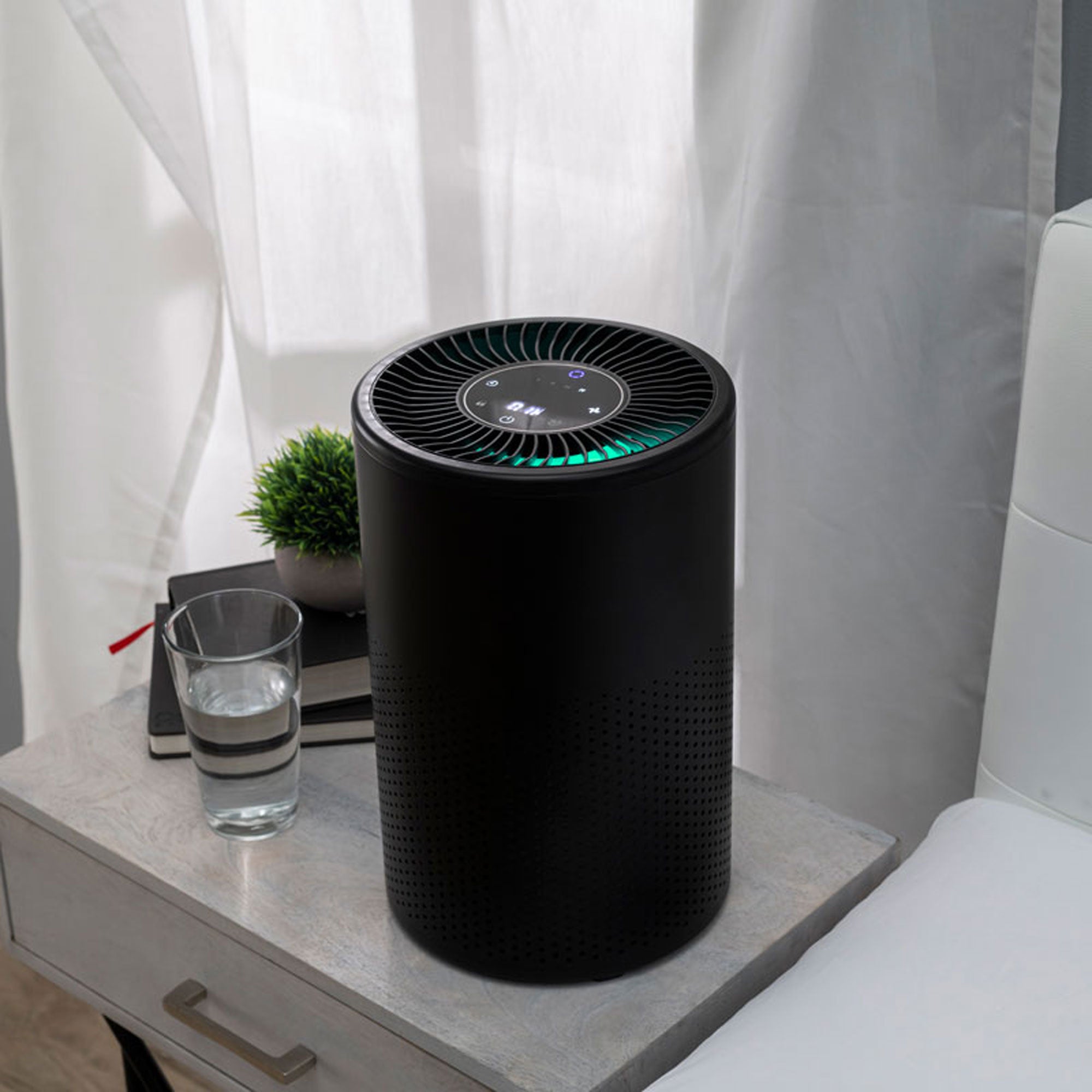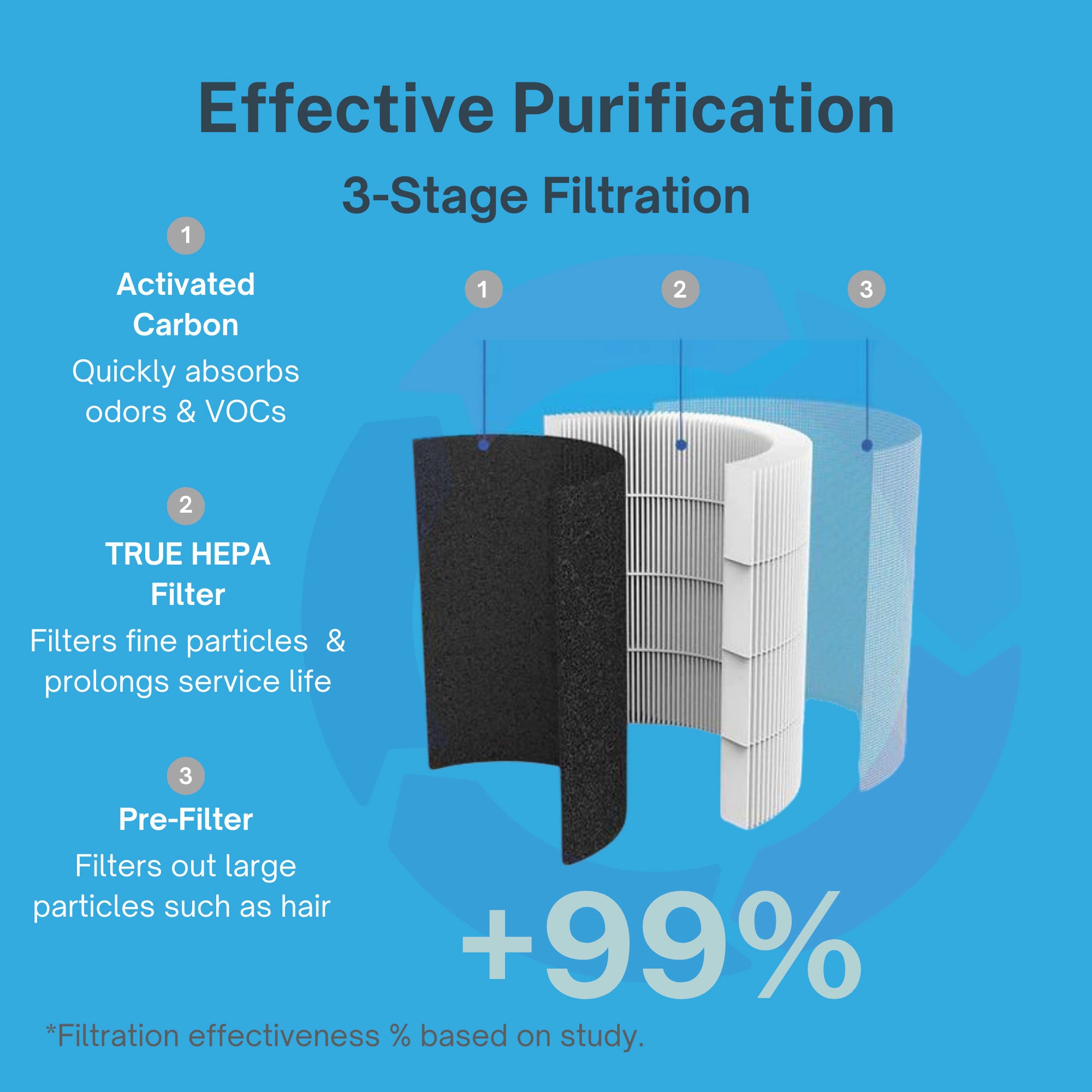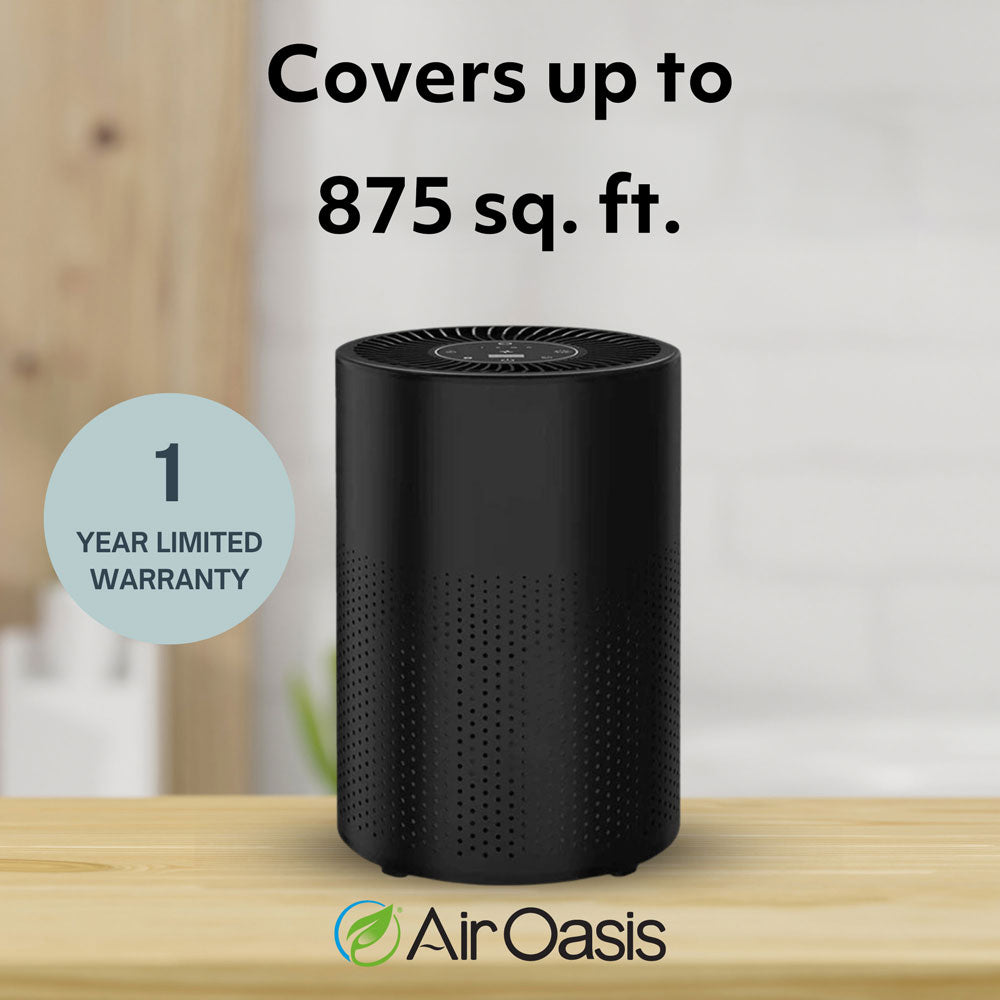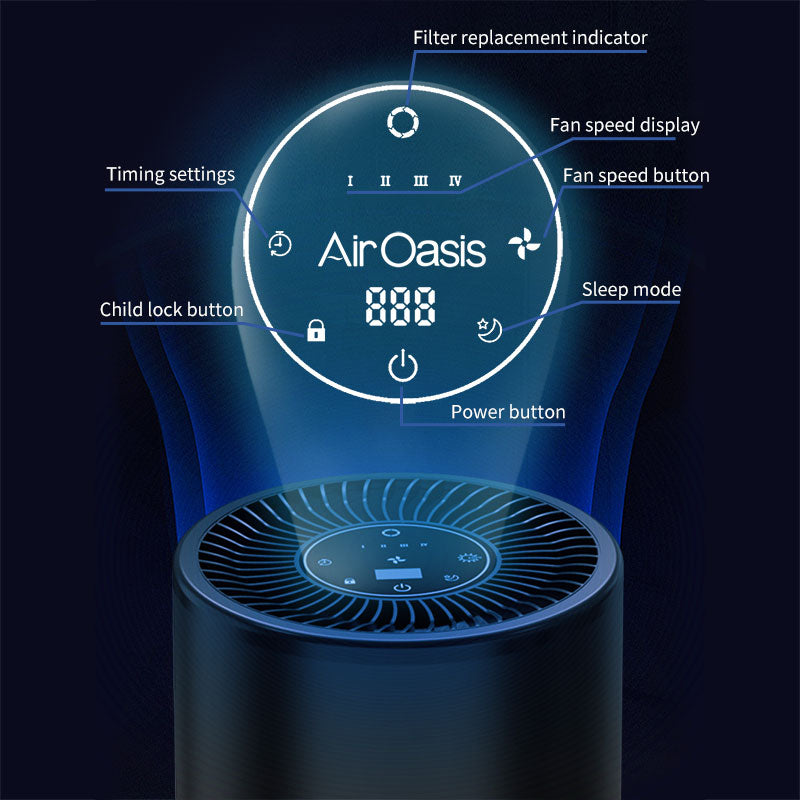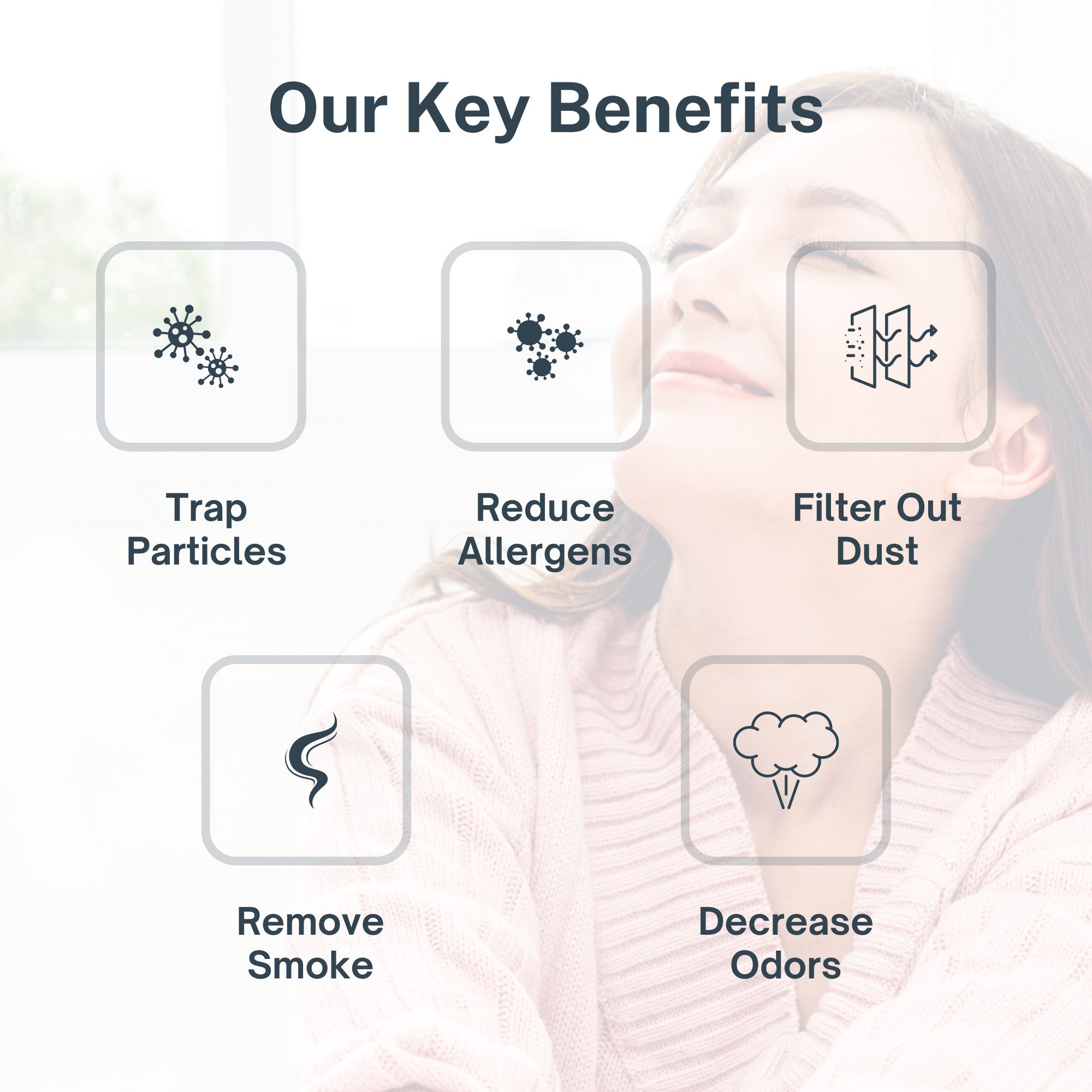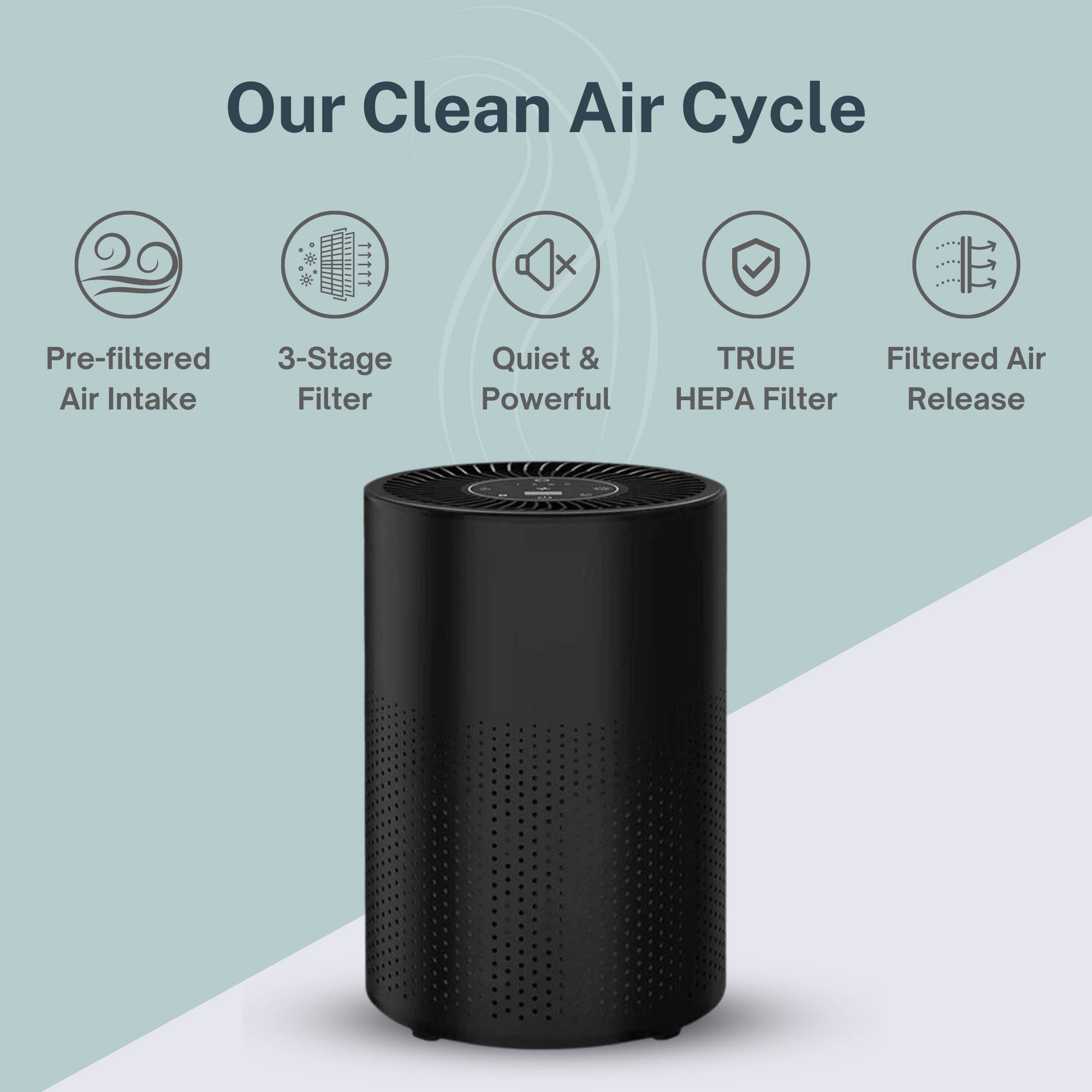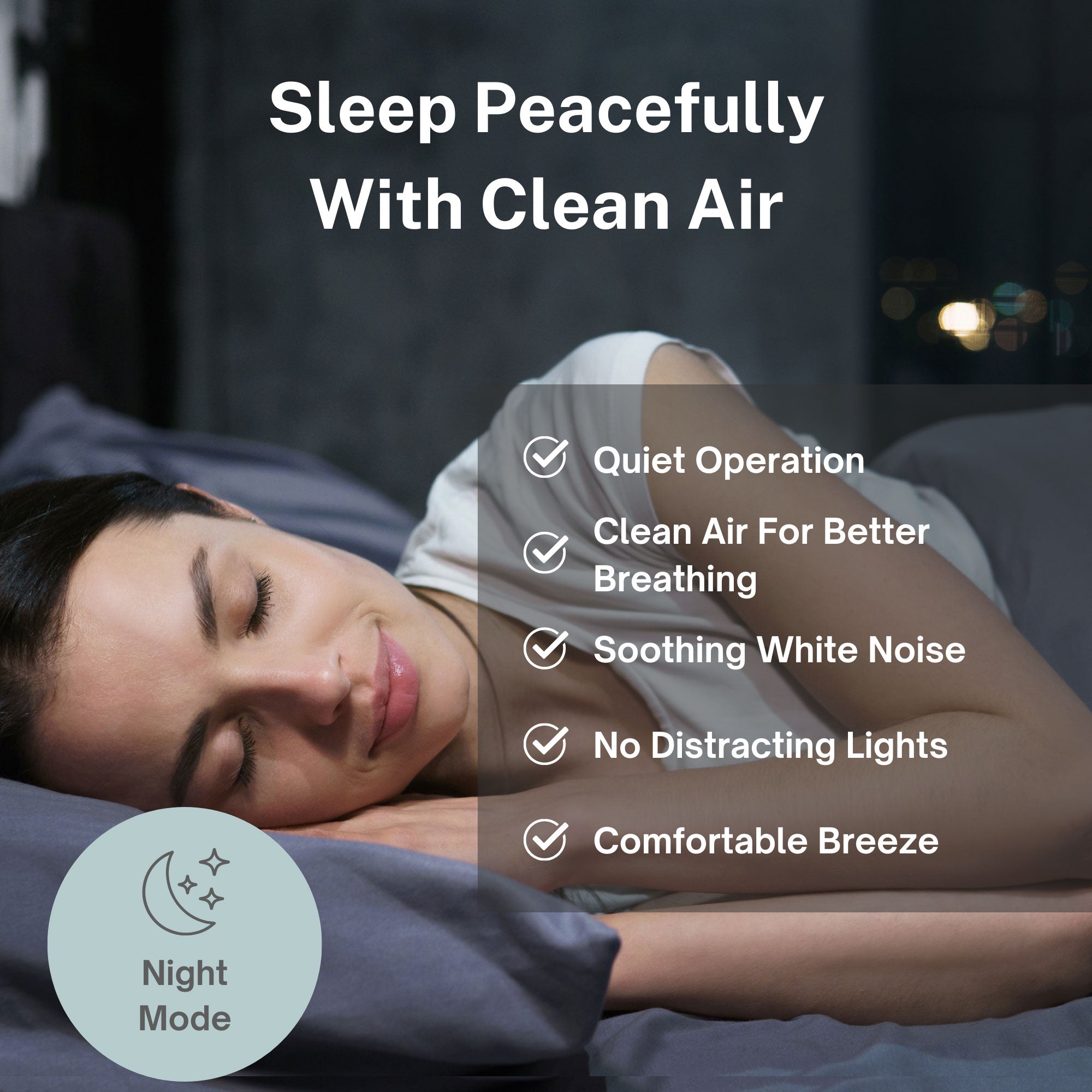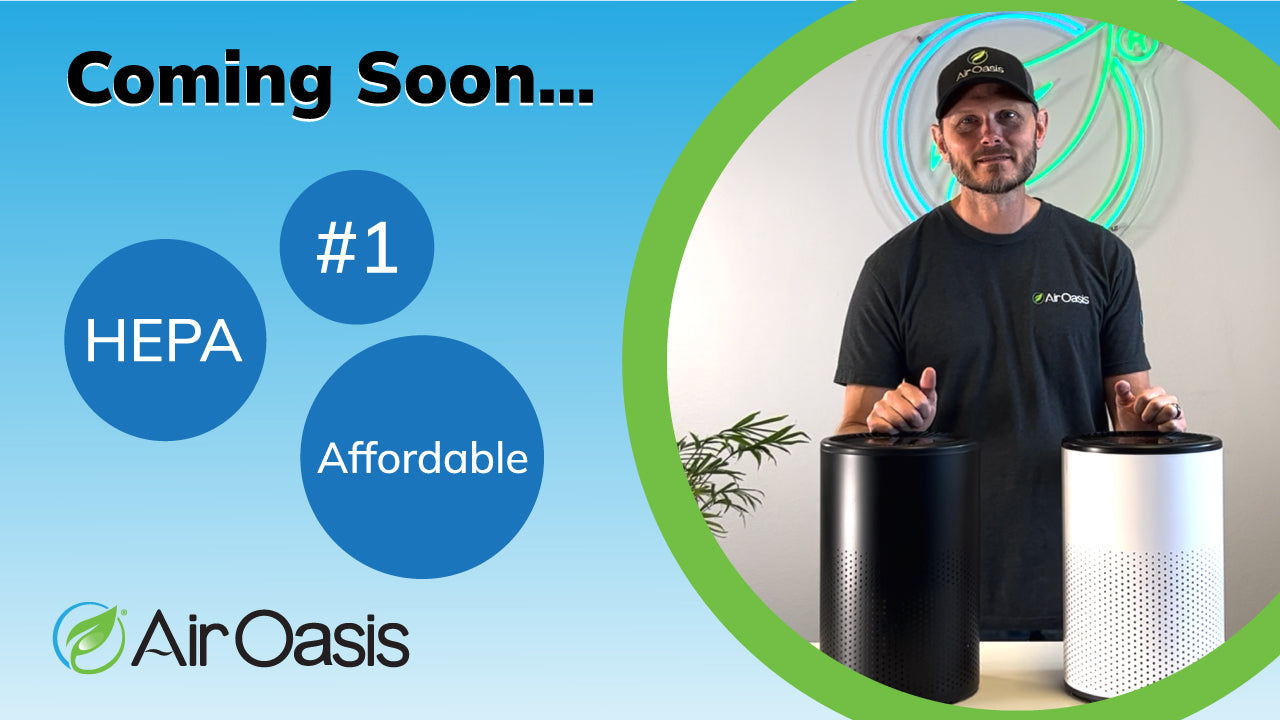Misleading air quality reports don't just misinform the public—they actively worsen the very pollution they claim to minimize. New research published in Communications Earth & Environment reveals how fake positive air quality reports reduce people's perception of pollution risks, leading to increased travel behavior that generates more emissions and creates a self-reinforcing cycle of environmental degradation.
The study represents the first comprehensive analysis linking deceptive environmental reporting to measurable changes in both individual behavior and actual air quality outcomes across multiple countries and cities.
The Global Scale of Environmental Misinformation
Research examining 120 countries reveals a significant correlation between press freedom and air quality outcomes. Nations with higher press freedom indices consistently demonstrate better air quality, suggesting that independent media reporting plays a crucial role in environmental protection through accurate public information.
The analysis controlled for economic development and population density factors that typically influence air quality, isolating the specific impact of media independence on environmental outcomes. According to the Environmental Protection Agency, accurate environmental reporting enables informed public decision-making that supports pollution reduction policies and individual protective behaviors.
In contrast, countries with restricted media environments show higher baseline air pollution levels, potentially reflecting the impact of government-controlled environmental messaging that downplays pollution severity. This pattern suggests that media manipulation extends beyond political issues to encompass environmental health reporting that directly affects public safety.
The study found that approximately 6 percent of news consumed through digital platforms contains false information, with environmental topics particularly vulnerable to misleading positive messaging that creates unwarranted optimism about pollution conditions.
How False Reports Reshape Individual Behavior
Controlled experiments demonstrate that exposure to fake positive air quality reports significantly reduces people's perception of pollution risks, leading to measurable increases in travel behavior. Participants exposed to misleadingly optimistic air quality information showed reduced environmental risk awareness and increased willingness to engage in outdoor activities that contribute to emissions.
The research employed both laboratory experiments and field studies conducted in polluted Chinese cities to validate findings across different contexts. Field experiments conducted during actual pollution events showed that people receiving fake positive reports were 4.5 times more likely to travel compared to those receiving accurate pollution information.
This behavioral change occurs through a psychological pathway where false information reduces perceived risk, which then increases individual willingness to engage in activities that worsen air quality. The study documented this mediation effect across multiple experimental conditions, confirming that perception changes drive behavioral responses.
The Air Oasis focus on accurate environmental information recognizes that public understanding of air quality risks directly influences protective behavior adoption, making truthful reporting essential for individual and community health protection.
The Pollution Feedback Loop
Agent-based modeling simulations reveal how individual behavioral changes triggered by false reporting create measurable increases in regional air pollution levels. When multiple people simultaneously underestimate pollution risks due to misleading reports, their collective increase in travel and outdoor activities generates additional emissions that worsen overall air quality.
The modeling tracked 10,000 simulated individuals over 30-day periods, comparing scenarios with accurate versus fake positive air quality reporting. Results showed persistently elevated pollution levels in areas receiving false positive reports, with statistically significant differences emerging within 13 hours of the initial misinformation exposure.
During periods of moderate pollution, fake positive reports led to 58,000 additional person-trips compared to accurate reporting conditions. This increased travel activity generated measurable emissions that elevated regional Air Quality Index readings by an average of 15-20 points above areas receiving truthful information.
The simulation incorporated real-world travel patterns, transportation choices, and emission factors to ensure accurate modeling of how individual decisions aggregate into regional environmental impacts. This approach provides the first quantitative evidence linking environmental misinformation to actual pollution outcomes.
Geographic and Seasonal Patterns
The study identified significant geographic variations in how false air quality reporting affects public behavior and environmental outcomes. Urban areas with higher population densities showed amplified effects, as small changes in individual behavior create larger aggregate impacts when multiplied across millions of residents.
Seasonal patterns reveal that false reporting has particularly dangerous effects during ozone pollution periods, when the pollutant remains largely invisible to direct observation. Unlike particulate matter pollution that creates visible haze, ozone contamination often occurs under clear sky conditions, making accurate media reporting essential for public risk awareness.
Analysis of 33 Chinese cities found that accurate ozone pollution reporting correlated significantly with improved air quality outcomes, while false reporting during these periods showed no relationship to environmental improvements. This suggests that misleading information has the greatest impact when people cannot directly observe pollution conditions.
Climate factors also influence the effectiveness of false reporting, with higher temperatures increasing the volatilization of pollutants and intensifying the health risks associated with increased outdoor activity driven by inaccurate information.
The Economic and Health Consequences
The health impacts of false air quality reporting extend beyond immediate exposure risks to include long-term consequences from sustained exposure to elevated pollution levels. When people underestimate air quality risks, they fail to adopt protective behaviors during high pollution events, leading to increased respiratory and cardiovascular health problems.
Economic analysis suggests that false environmental reporting creates substantial hidden costs through increased healthcare utilization, reduced productivity from pollution-related illness, and accelerated infrastructure damage from higher emission levels. These costs disproportionately affect communities with limited resources to adapt to worsening air quality conditions.
According to National Institute of Environmental Health Sciences research, air pollution represents the second leading global risk factor for death after high blood pressure. Misinformation that increases pollution exposure amplifies these existing health risks across affected populations.
The study documented that false positive reports increase both motorized and non-motorized travel, with motorized transportation creating the greatest emission impacts. People receiving misleading information were more likely to choose private vehicle transportation over public transit options that generate lower per-capita emissions.
Media Responsibility and Regulatory Gaps
Current media regulation frameworks inadequately address environmental misinformation, leaving communities vulnerable to false reporting that directly affects public health and environmental quality. Traditional fact-checking approaches prove insufficient for environmental topics where the consequences of misinformation extend beyond individual beliefs to measurable environmental outcomes.
The research reveals how media framing effects can bypass rational risk assessment processes, particularly when false positive information creates emotional comfort that people prefer to maintain. This psychological preference for reassuring information makes environmental misinformation particularly persistent and resistant to correction.
Social media platforms and digital news aggregators amplify the spread of false environmental information through algorithm-driven content promotion that prioritizes engagement over accuracy. Environmental misinformation often generates more shares and comments than accurate but concerning pollution reports.
Professional journalism organizations need updated ethical guidelines that recognize the environmental and health consequences of inaccurate air quality reporting. The traditional balance between providing hope and acknowledging environmental risks requires recalibration to prevent false optimism that endangers public health.
Individual Protection Strategies
Protecting yourself and your family from the effects of environmental misinformation requires developing critical media literacy skills and seeking information from multiple authoritative sources. Government environmental agencies, academic institutions, and established scientific organizations provide more reliable air quality information than social media platforms or commercially motivated outlets.
Real-time air quality monitoring apps and government-operated measurement networks offer direct data access that bypasses potentially misleading media interpretation. Understanding how to read Air Quality Index values and health recommendations enables informed decision-making regardless of media messaging.
Indoor air quality becomes particularly important when outdoor conditions are poor, regardless of how media sources characterize environmental risks. Comprehensive air purification systems provide protection from outdoor pollution that infiltrates homes through normal ventilation processes.
The Air Oasis comprehensive filtration approach addresses the reality that accurate risk assessment requires both truthful information and effective protective measures, as even accurate reporting cannot eliminate exposure to airborne pollutants in contaminated environments.
Building Resilience Against Environmental Misinformation
Creating community resilience against false environmental reporting requires education initiatives that help people understand the relationship between media messaging, individual behavior, and collective environmental outcomes. Public health campaigns should emphasize how individual protective actions contribute to community-wide air quality improvements.
Educational programs need to address the psychological mechanisms that make people susceptible to false positive environmental information, including the tendency to prefer reassuring messages over accurate but concerning reports. Understanding these biases helps people critically evaluate environmental information sources.
Local governments can implement transparency measures that provide direct access to environmental monitoring data without media interpretation. Real-time pollution monitoring displays in public spaces help communities develop direct awareness of air quality conditions independent of potentially misleading reports.
Community-based environmental monitoring programs enable residents to participate in data collection and verification, creating local expertise that can identify and correct false environmental reporting before it influences public behavior.
Protect Your Family with Accurate Information and Clean Air
Don't let misleading environmental reports compromise your family's health decisions. While you work to identify trustworthy information sources, ensure your indoor environment provides reliable protection from air pollution regardless of media messaging. Shop Air Oasis today for comprehensive air purification that keeps your family safe when environmental reporting fails to provide accurate guidance.





